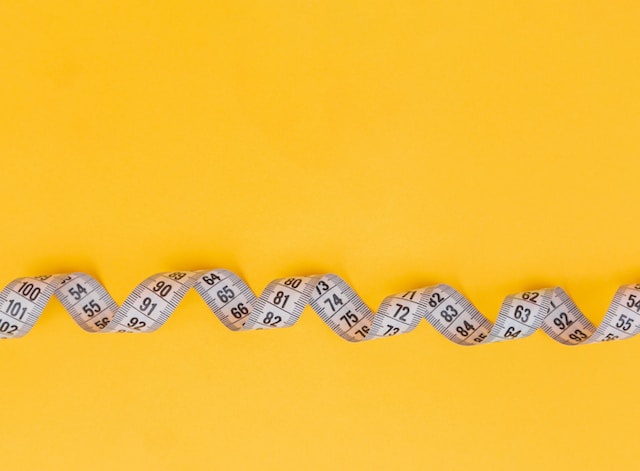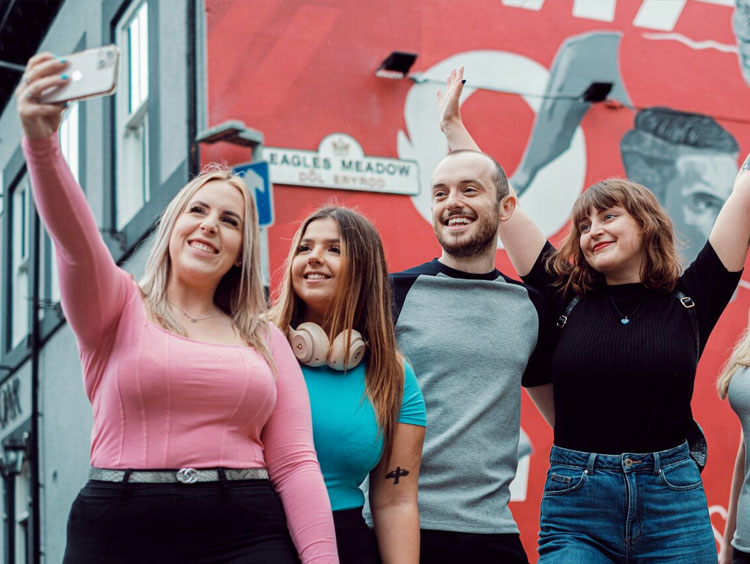
Measuring your Impact
Now you’ve conducted your work, co-produced knowledge with stakeholders, and delivered your intended impacts, it’s time to prove it.
Each person on your research team must find a way to record their impact and ideas as they go along. This could be a physical notebook, a notebook app on a phone, email folders, shared OneDrive or Teams, or Excel. It’s very difficult to remember something someone said 5 years ago!
Content Accordions
-
Impact Example
Team member 1 organised a workshop for healthcare assistants and they notice that all the spaces were filled and everyone seemed to be enjoying the day. They built a little poll into their final slide to ask whether the attendees had learnt anything today – turns out everybody had learned something new and left comments. Team member 1 downloads the results of the poll and saves the file to a shared ‘Impact’ OneDrive folder for the project.
Team member 2 recently sat on a steering group and presented a paper as evidence to change something within the healthcare sector. A leading member of a health board and a local MP was at the meeting. After the meeting, Team member 2 emailed these important members of the group asking for a short paragraph on how their research paper will be used to change something and the expected date. They received email replies, which they downloaded and save to the shared folder. These can be followed-up at the appropriate time to check that their research paper was used or to help with furthering the meeting agenda.
Team member 3 was working directly with the member of the local health board to deliver workshops based on their research to patients in hospital. The patients seemed to be getting something out of it, but a robust way to measure this was needed. Team member 3 had already got ethical approval to conduct post-workshop interviews/questionnaires with the patients, hospital staff, and the health board member. Once these were done, the recordings/results were saved to the shared folder ready to be analysed when possible to pick out and develop the impact.
Ideas for Recording Impact
- Counting visitors entering an exhibition and then having a task to measure the desired impact at the exit. As it’s creative research, think creative measures, e.g., sticking dots on a large scale chart, slotting tokens into answer jars.
- Build polls into the start and end of workshops to measure the desired impact – this is basically a mini pre-and post-test experiment.
- Place evaluation or feedback forms on chairs during lunch at a conference so people have something to fill in when they return.
- Ask important figures, that is, those who are responsible for change, for testimonials about how your research directly led to or contributed to change. Ask them to be specific, or, create questions for them that require specific answers e.g., what is the monetary value, what part of the research led to what change in policy X.
- Ensure you have ethical approval to collect contact information so that you can follow up with people after events to see if there is any retained learning or behaviour change.
- If possible, record a ‘baseline’ of the thing you want to change, so you are able to provide robust numerical evidence that something might have increased by 200%, for example.
- Request testimonials from business leaders about improved work processes, turnover, or new products.
Remember, good evidence is i) independent from you or your institution, ii) robust and unbiased, iii) publicly available and open to scrutiny.



